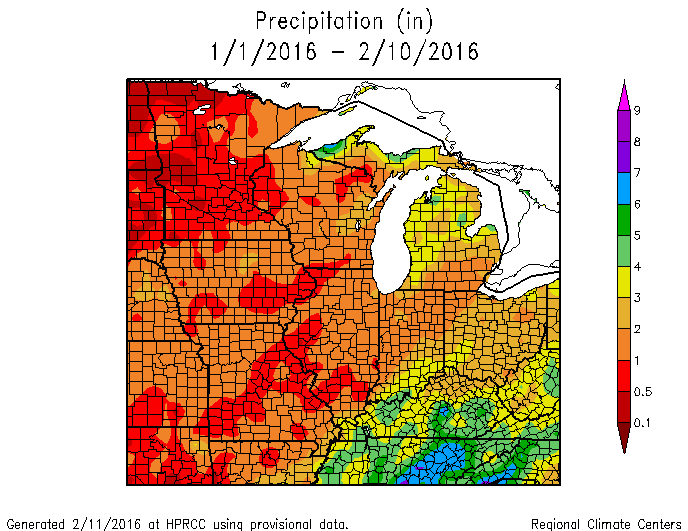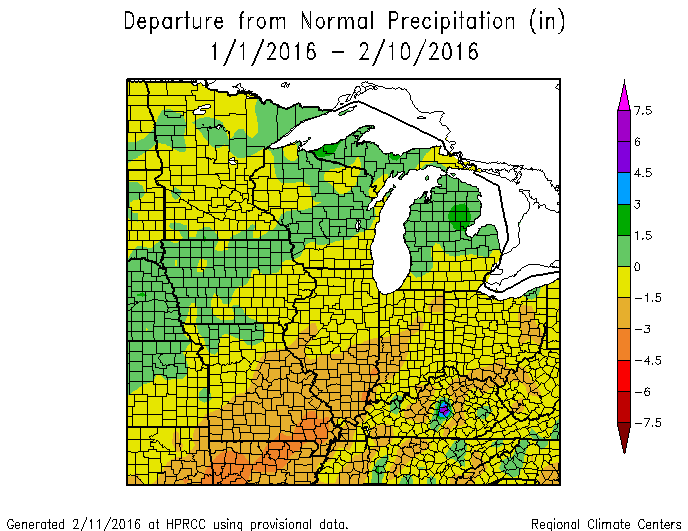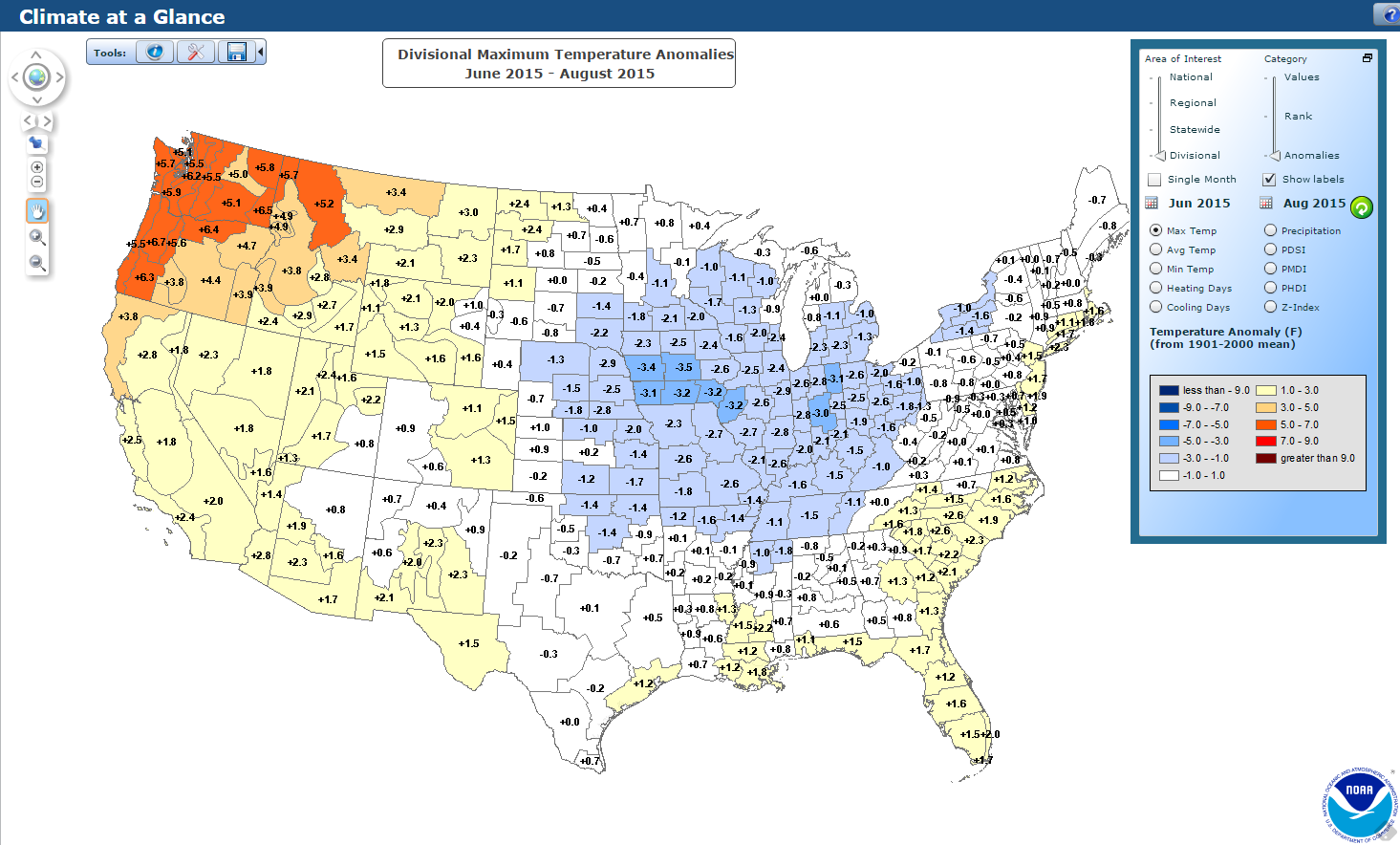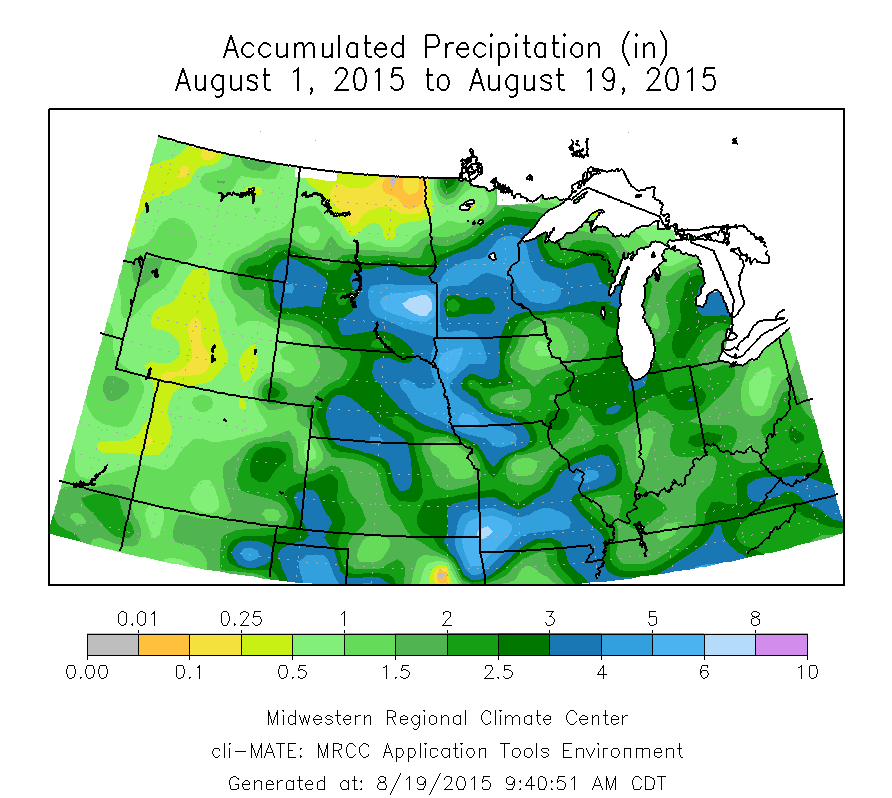Despite a few cold and snowy days, the Midwest was been both warmer and drier than average for 2016. As this map shows, most of the Midwest has has seen less than 2 inches of precipitation since January 1. That includes any rainfall plus the water content of snowfall. Areas in orange have received 1 to 2 inches, and areas in red have received less than an inch.

However, this is the driest time of the year for most of the Midwest. As a result, precipitation is slightly above average in a swath across Iowa, Wisconsin, and Michigan, thanks to several winter storms. However, the southern half of the Midwest is down 1 to 3 inches. Of course, this same area received much-above-average precipitation in December thanks to the late December storm. As a result, the drier weather may be welcome news for many in that area.

Despite a few days of cold weather in recent weeks and the chilly forecast for this weekend, temperatures since January 1 have been running above average across the Midwest. This map shows the temperature departures for 2016. Minnesota, Wisconsin, and Michigan, as well as northern Indiana and Ohio, are running 2 to 4 degrees above average. The rest of the Midwest is running up to 2 degrees above average. Meanwhile, colder-than-average conditions have prevailed in Kentucky and Tennessee.






